It's a tale as old as business itself.
A company gains near-monopoly mindshare and a huge chunk of the market through disruptive innovation and scrappy execution. Then it gets lazy: advancements slow down, quality craters, customer service becomes a nightmare, and culture moves on. Some companies manage to climb back to the top, like Microsoft. Some just keep limping on, living in the shadow of past glory like Victoria's Secret or Harley Davidson.
The AI Foundry is Adobe's best attempt to survive.
Believe it or not, Adobe actually built something legitimately useful this time. The AI Foundry is not a feature, rather a managed service: it lets enterprises work directly with Adobe's team to create custom generative AI models trained on their own intellectual property. The company’s scientists surgically reopen the base Firefly model and retrain it with your brand's footage, design language, product catalogs, and creative guidelines. The result is a multimodal system that can generate text, images, video, and 3D content that actually looks and sounds like your brand, not like every other company using the same generic foundation model.
This matters because prompting has limits. Yes, you can craft elaborate system prompts and feed in style guides and reference images. But custom models trained on your IP don't just mimic your brand, they internalize it.
The difference between prompting a generic model and deploying a custom-trained one is the difference between hiring a contractor who reads your brand book once and hiring someone who's worked at your company for five years.
One will give you something that checks the boxes.
The other will give you something that feels native.
The commercially safe positioning is smart too. Adobe trained Firefly exclusively on licensed data, which means using their Foundry service genuinely reduces copyright exposure compared to scraping-based alternatives.
This approach is absolutely the right one. The technology is genuinely good. Custom models trained on brand IP are the future of creative automation. All of that is true.
But.
The real question is whether companies will trust Adobe after years of subscription price hikes, predatory licensing changes, and customer support that, frankly, makes the DMV look efficient.
Because while Adobe was busy alienating its user base, Canva was building an empire. Canva isn't just cheaper—it's actually more innovative in the ways that matter to modern marketing teams. Collaborative workflows that don't require a PhD to understand. Templates that don't feel like they're from 2012. Integrations that just work. And yes, they're coming for AI too.
Adobe has the technical sophistication, but competitors have something arguably more valuable: trust and momentum. You can build the best custom model service in the world, but if your target customers spent the last five years learning to hate doing business with you, even a legitimately great product might not be enough.
— Torsten & Peter
We’ve just published a new workshop for our Pro members about using OpenAI’s Agent Builder.
In the video walkthrough, we build a sales enablement agent that taps into your company’s knowledge base, collects all the product information and case studies relevant to a lead, and even proposes follow-up questions your sales rep can ask on the discovery call.
Companies routinely pay thousands of dollars for such sales enablement tools. We show you how to build it in 20 minutes.
Click here to upgrade to Pro and get access to all existing and future video workshops, dozens of prompt templates, resources, and more.
Field Note: You Don’t Prove AI ROI with Dashboards
We sat in on a marketing review where a team proudly showed a dashboard tracking “AI usage.” Prompts per week. Tokens per user. Hours saved — allegedly. The CFO didn’t even blink.
That’s because ROI doesn’t live in dashboards. It lives in lift.
The measurable difference between before and after AI — that’s what gets funded.
We start every audit with one question: what’s the bottleneck that costs the most time and touches revenue?
Run a four-week pilot there. If AI shortens the cycle, reduces rework, or frees hours for strategy — that’s ROI you can defend in any boardroom.
Outputs are noise. Outcomes are proof.
→ Inside Pro: AI Marketing ROI Playbook — the audit method we use to find and prove lift across real marketing workflows. Click here to upgrade.
Want to get the most out of ChatGPT?
ChatGPT is a superpower if you know how to use it correctly.
Discover how HubSpot's guide to AI can elevate both your productivity and creativity to get more things done.
Learn to automate tasks, enhance decision-making, and foster innovation with the power of AI.








